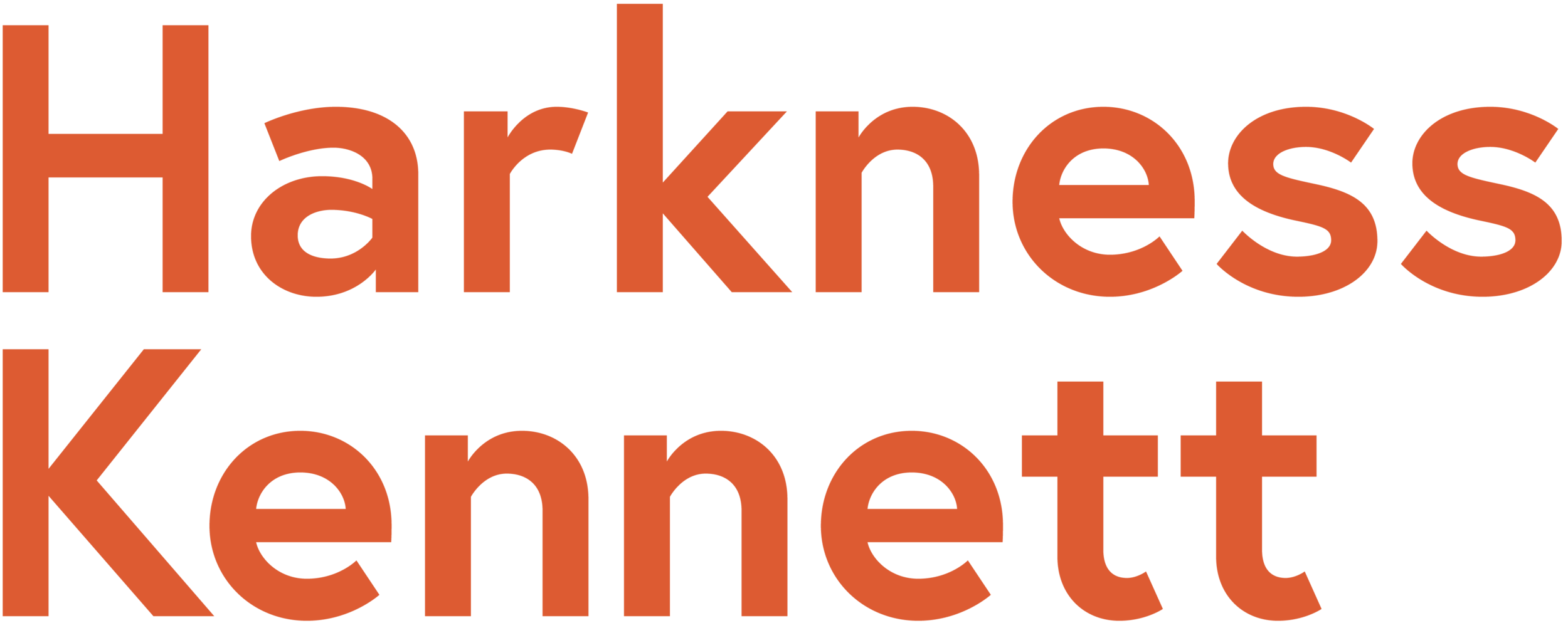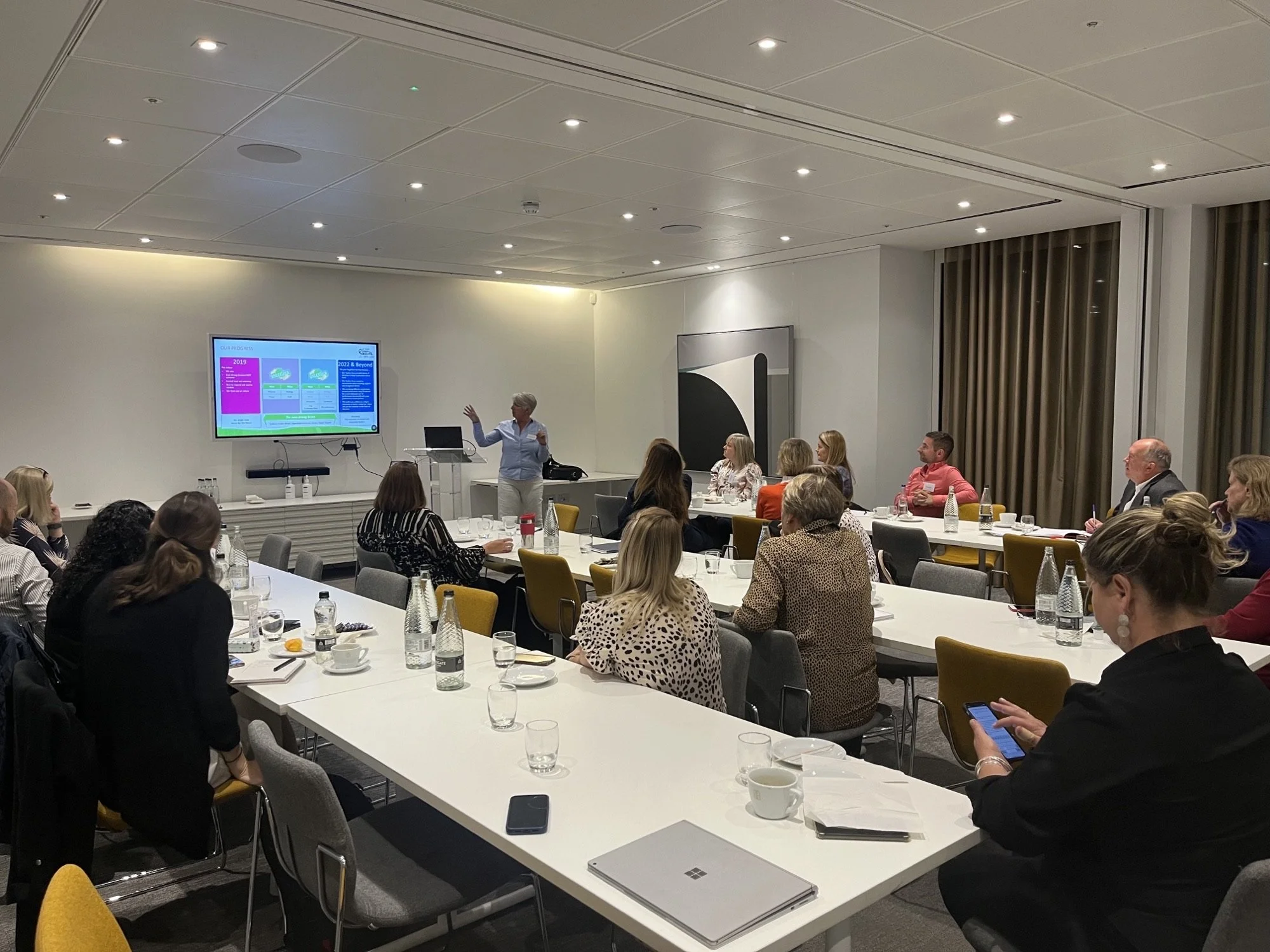What do Bill Gates, Richard Branson, Agatha Christie and Einstein have in common?

Round up of our lunch and learn session with the Helen Arkell Dyslexia Charity
Yesterday we ran a workshop with the Helen Arkell Dyslexia Charity. Quite different from our normal workshops, but it was a great opportunity to support our extended network around an issue which can affect us all on both a professional and personal level.
We were delighted to be joined by Tory Sparks, Head of Projects and Course Tutor, and Andy Cook, Chief Executive, who gave excellent presentations both on what dyslexia is and how it affects people, and the work that the charity undertakes to support them.
As professional communicators dyslexia is something we should all be taking into consideration, especially as it affects at least 1 in 10 people. Dyslexia is a recognised disability, and can affect organisational skills, the ability to and speed of processing instructions, directionality (for example, clumsiness and mixing up lefts and rights), visual processing and visual stress as well as fluency of reading.
There are some common strengths that also come with dyslexia: creativity and innovative thinking, resourcefulness and problem-solving skills, interpersonal and communication skills and self-awareness. Other positive consequences of living with dyslexia are better perseverance, motivation and resilience, and these have been shown to be better indicators of success than academic achievement alone. In fact you may be surprised to know (if the title of this blog didn’t give it away!) that Bill Gates, Richard Branson, Agatha Christie and Einstein himself (to name but a few) were dyslexic.

Diversity and Inclusion is an evergreen topic within organisations as we look to support our colleagues and help them to realise their potential. So what can we as communicators do to ensure we’re accommodating the needs of our dyslexic co-workers? The Helen Arkell charity had a few top tips:
remember people and their environments are different, there is no one solution
avoid purely verbal information, think about other ways to get your message across
when presenting face to face or online
don’t ask people to multi-task (eg. take notes), provide notes later
say at the onset what you intend to cover, and repeat again at the end
be clear about actions – break down and repeat
for written communication
use sans serif fonts (ariel, calibri – dyslexic fonts are available too)
use 1.2 or 1.3 line spacing
align text to the left (avoiding blanks)
avoid black on white, instead use black/grey or blue or a colour background
repeat information, little and often.
To be honest, these are great rules for communication regardless of dyslexia – and a useful reminder to be clear, concise and considered in our communication approaches.
If you’d like to hear more about the Helen Arkell Dyslexia charity, their work and how you can support them, you can visit their website http://www.helenarkell.org.uk/
You may also like:






























